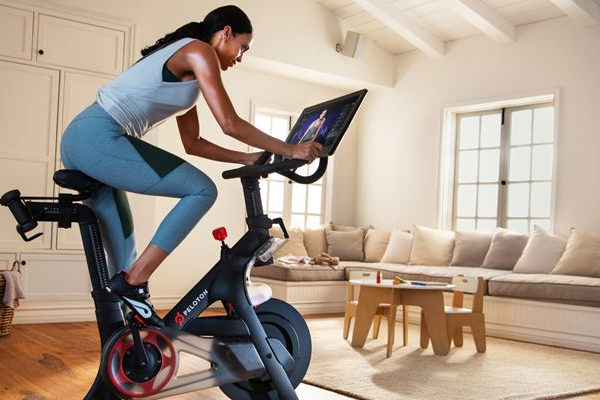If asked to come to name an inclusive lifestyle or fitness brand, which might come to mind? Maybe you’d think of Schwinn, the venerable and once-dominant bicycle brand found in main street and big box stores nationwide? Perhaps Planet Fitness and its “Judgement Free Zone” on the workout floor? Or, would you think of Peloton—a brand whose stationary bike retails for over $2,000 (excluding, that is, the monthly subscription you’ll almost surely want to include), and which displays, by the moment, your workout’s metrics and position relative to other users on a live leaderboard?
I know—it might come as a surprise that Peloton should ever be mentioned in the same context as the other two brands. However, that’s pretty much the space the brand is aiming for, according to a Wall Street Journal Interview with its CMO (from over a year ago), who believes that “it doesn’t matter the household income […] but if you’re working out and you’re able to fit this into your life, you’ll find a way to make Peloton happen.” Yet at the same time, it’s a brand that hopes to help you realize the “best version” of yourself, and to “democratize” its classes to include all. So, which one is it: the fitness community for all or another competitive battleground for the fitness (and lifestyle) aspirational?
Based on the reactions over the first quarter of the year to Peloton’s most recent marketing efforts, I’m not the only one who is a bit confused. The brand started out the year with a campaign highlighting the stylish and spacious surroundings that its bikes might enjoy. Perhaps unsurprisingly, social media had a field day with the ads, and they seem to have been removed from the air. However, part of me wondered when seeing them if, in fact, these ads had been a home run for Peloton from a branding perspective. The ads showcased the bike as an art-object meets fitness totem, proudly standing front-and-center in the home as a testament to the owner’s commitment to fitness and design. Was it overly aspirational or right on target?
More recently, Peloton again made the news, this time with a small-scale brouhaha over a very visible rider (he dances on the bike, wears red and, most notably, sits prominently in the front row of the class) named Brad. While many riders have found him fun and inspirational, others have bemoaned the presence of a figure taking the focus away from the instructor. The reactions were interesting for me in that they reflected not the outbound communications from the brand, but rather the views of the community itself. Far from overwhelmingly inclusive, they instead revealed an undercurrent of exclusivity—a flavor digital NIMBYism—that runs through the community.
At the end of the day, Peloton probably isn’t going anywhere (I should hope not; I’ll admit that I’m an owner and regular user of the bike myself). However, as the brand continues its plans for growth, it will likely face increasingly tough questions on how to balance inclusivity with exclusivity, and manage not just its own brand, but the community of users. Personally, I was drawn less by the inclusivity and more from the standpoint of having an always-on community of riders against which to challenge myself and a great dashboard to monitor and track performance over time. But, I suspect, based on active communities on Facebook and other social media that I’m somewhat in the minority, and the most enthusiastic brand advocates tend to be those leaning towards inclusivity.
So, for readers out there who have tried or are current users of Peloton, where does the brand go from here? Does it lean into inclusivity or bolster its exclusivity? And what brands, both in the health and wellness space and outside of it, have navigated successfully between the two?


